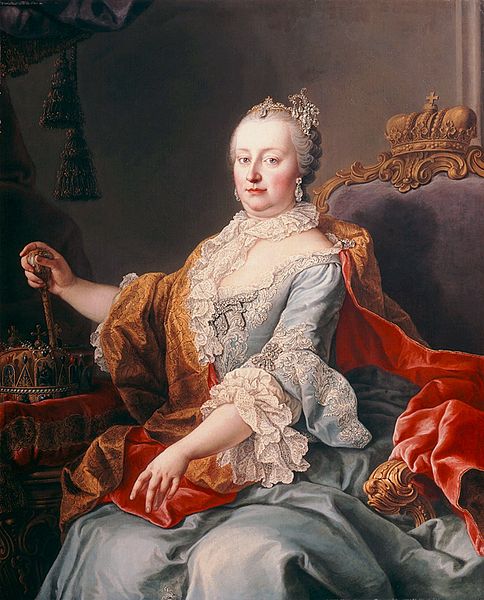Maria Theresa is one of the most celebrated personalities from Austrian history. Find out what reasons compelled some historians to term her the savior of the Habsburg dynasty.
Amongst the many revered political personalities from Austrian history the name of Maria Theresa stands out because of her unique leadership of Austria. She lived from 1717-1780 and was the archduchess of Austria and the Holy Roman Empress along with which she was the Queen of Hungary and Bohemia.
Maria Theresa assumed power in 1740. She is honored as the only woman to assume the leadership position in the 650 years of history of the Habsburg family’s dynasty. Ironically she is considered to be amongst the most successful rulers of Austria in history while bearing sixteen children through the course of her life as well.
Her rise to power
The father of Maria Theresa, the Holy Roman Emperor Charles VI found himself as the only remaining male of the Habsburg family. With the old European law preventing a woman from assuming leadership the emperor felt as though the dynasty would come to an end with his death. Concerned over the fate of his family’s imperial status he issued the Pragmatic Sanction which altered the law to allow Maria Theresa to succeed her father.
The rest of Europe was made to accept these rights of succession as they were paid a handsome price for it. The trouble began after the death of Charles VI in 1740. This is when some European nations began voicing their disloyalty to the pragmatic sanction. The result of which was the Austrian war of Succession.
When Maria Theresa assumed power the empire was already stifled with two previous wars which were a huge economic blow. As it is Maria Theresa was not specifically trained to run the empire under the assumption that she would let her husband call the shots. However Maria Theresa relied on her instinct and strength of character to steer Austria to success.
The challenges faced by Maria Theresa
Her first real challenge came from Prussia who decided to occupy Silesia upon the death of her father. The war lasted for eight years within which the determined Maria Theresa took many steps to stabilize her kingdom. She expanded the army and introduced tax reforms as well as major economic reforms. She showed the rest of Europe that she was not one to back down. At the end of the war Silesia was annexed to Prussia and Maria Theresa’s husband was now recognized as the Holy Roman Emperor.
After some years of recouping and internal rebuilding Maria Theresa began to brew up plans to take revenge on Prussia. Changes were made to foreign policy as a result of which the accord between Austria and Great Britain were abandoned and Austria was now an ally of France and Russia. However in a surprise attack Prussia pounced on Saxony and under pressure Maria Theresa signed the Treaty of Hubertusberg which put an end to the age old dispute between the two nations.
Her husband died two years later which came as a big shock to Maria Theresa who would be seen dressed in mourning till the day of her death. Progress slowed down after this period and the Empress did not take up anymore risky challenges. Above all it was Maria Theresa’s character that is remembered as generous yet courageous. She is remembered as the savior of the Habsburg dynasty.





